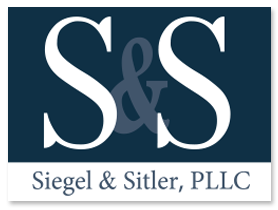Beginning on March 12, 2021, all employees in New York State are now permitted to take paid time off from work to receive the COVID-19 vaccines. This paid leave will be effective until December 31, 2022.
How much time off is allowed?
Employees can have a sufficient period of time, up to four hours, of paid time off for each vaccination.
How much will employees be paid?
Employees must be paid at their regular rate of pay.
Is this in addition to any vacation or sick time?
Yes, this paid time off does not count against any other types of leave that the employee has earned or accrued (such as sick or paid time off). These 8 hours (4 for each vaccine shot) are in addition to what employees already get for paid time off, vacation, or sick time.
Who is covered?
This law applies to both public and private employees.
Can I request proof of the vaccination?
Yes, you can request a copy of the vaccination card upon return to work. Just make sure that you make clear to the employees that they should not provide any medical information as part of the vaccination proof.
Retaliation
The law states that employers cannot retaliate against any employee for requesting or taking leave to receive a vaccine. Retaliation includes, but is not limited to, discharging, threatening, penalizing, or in any other manner discriminating or retaliating against the employee.
Next Steps
Employers should ensure that they have a system in place to track time off taken to get vaccinated against COVID-19. At this point there is no formal notice requirement under the new law. If you have any questions about this new law or how to proceed, please do not hesitate to contact us.
Written by Julie Sitler and Desiree Saad

